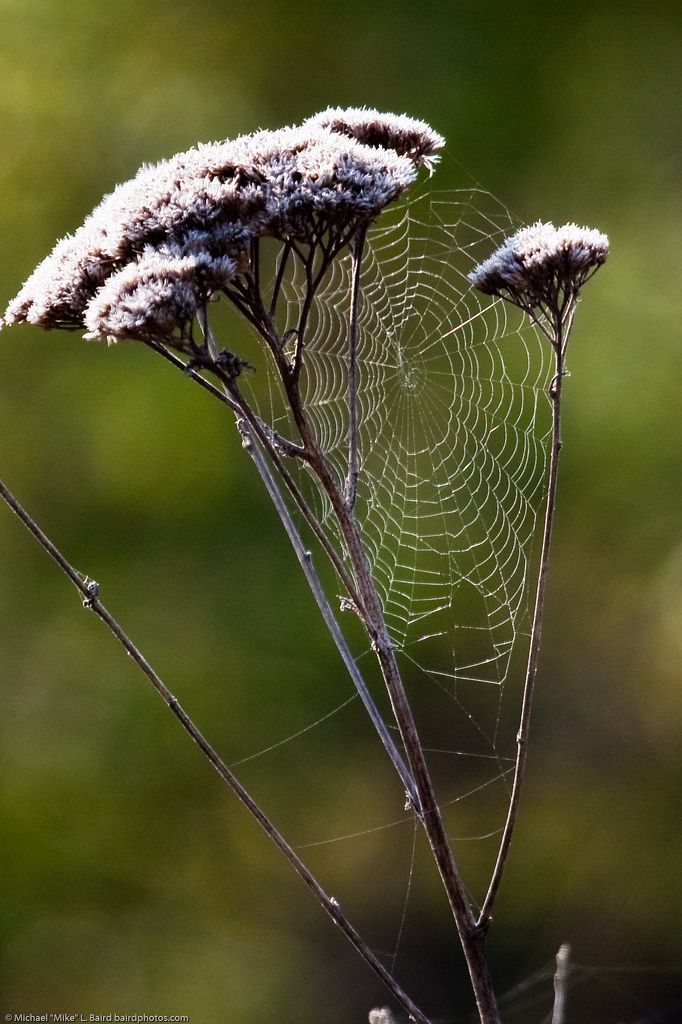Hairy, Sticky Leg Pads are In: How Different Spiders Hunt
Spiders are everywhere (Arachnophobes, stop reading now). They’re among the most successful predators on earth today and colonize nearly every terrestrial habitat (that is, not just ceiling corners and under beds), and occasionally do so in numbers large enough to take over small islands. Spider silk may be strong enough to stop a speeding train and some webs, ten times stronger than Kevlar, can be large enough to cross rivers in tropical rainforests.
But more than half of today’s spider species don’t rely on webs or silk to capture their prey. Instead, these hunting spiders have evolved hairy adhesive pads on their legs to grab and hold struggling prey down, according to the results of a recently published PLOS ONE study. The adhesive pads, called scopulae, were commonly seen in many spider species but what wasn’t clear until now was whether they were found in all species, or more likely to occur in hunting spiders.
 In this study, researchers used a phylogenetic analysis of spider family trees to correlate different species’ prey capture strategies with the presence or absence of adhesive pads on their legs. They found that the majority of spiders were either web builders or free-ranging hunters, and the latter were most often found to have adhesive hairs on their legs (Apart from these two, at least one rare variety may be mostly vegetarian). Nearly 83% of hunting spiders had adhesive bristles on their legs (compared with 1.1% of web-building varieties). Most of these hunters had either not developed silk-dependent strategies to capture prey, or abandoned web-building for hunting.
In this study, researchers used a phylogenetic analysis of spider family trees to correlate different species’ prey capture strategies with the presence or absence of adhesive pads on their legs. They found that the majority of spiders were either web builders or free-ranging hunters, and the latter were most often found to have adhesive hairs on their legs (Apart from these two, at least one rare variety may be mostly vegetarian). Nearly 83% of hunting spiders had adhesive bristles on their legs (compared with 1.1% of web-building varieties). Most of these hunters had either not developed silk-dependent strategies to capture prey, or abandoned web-building for hunting.
 Why would so many spiders abandon an obviously successful way to catch prey? Web-building is a useful way to trap insects and some small mammals, but even to a spider, silk is expensive. Creating a web requires work, damages caused by prey or people need frequent repairs, and certain kinds of webs can require large amounts of silk to be effective. The classic orb-web (seen in the picture here) radically reduced these costs, which may be why the spiders that make these are particularly common. However, this new study reveals that hunting has proved at least as successful a strategy as web-building to more than half of today’s spiders.
Why would so many spiders abandon an obviously successful way to catch prey? Web-building is a useful way to trap insects and some small mammals, but even to a spider, silk is expensive. Creating a web requires work, damages caused by prey or people need frequent repairs, and certain kinds of webs can require large amounts of silk to be effective. The classic orb-web (seen in the picture here) radically reduced these costs, which may be why the spiders that make these are particularly common. However, this new study reveals that hunting has proved at least as successful a strategy as web-building to more than half of today’s spiders.
Bristly scopulae on hunting spiders’ legs have played a big part in this, enabling spiders to grasp and hold on to struggling prey. The thin bristles on scopulae come in many shapes and forms, and also contribute to these spiders’ mad climbing skills. Read more about which spiders evolved these bristles or learn about other arachnid research published in PLOS ONE here.
Citations: Gregorič M, Agnarsson I, Blackledge TA, Kuntner M (2011) How Did the Spider Cross the River? Behavioral Adaptations for River-Bridging Webs in Caerostris darwini (Araneae: Araneidae). PLoS ONE 6(10): e26847. doi:10.1371/journal.pone.0026847
Rogers H, Hille Ris Lambers J, Miller R, Tewksbury JJ (2012) ‘Natural experiment’ Demonstrates Top-Down Control of Spiders by Birds on a Landscape Level. PLoS ONE 7(9): e43446. doi:10.1371/journal.pone.0043446
Wolff JO, Nentwig W, Gorb SN (2013) The Great Silk Alternative: Multiple Co-Evolution of Web Loss and Sticky Hairs in Spiders. PLoS ONE 8(5): e62682. doi:10.1371/journal.pone.0062682
Nyffeler M, Knörnschild M (2013) Bat Predation by Spiders. PLoS ONE 8(3): e58120. doi:10.1371/journal.pone.0058120
Images: Foot of the little jumping spider Euophrys frontalis, credit Jonas Wolff; varied shapes and sizes of bristles on scopulae from pone.0062682; spider web on plant by mikebaird

